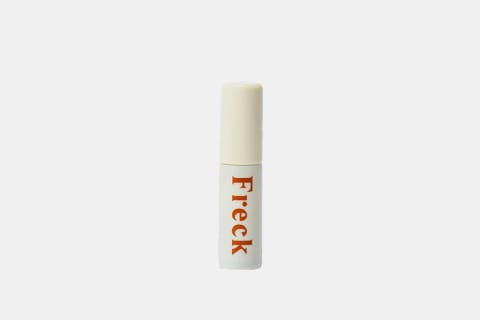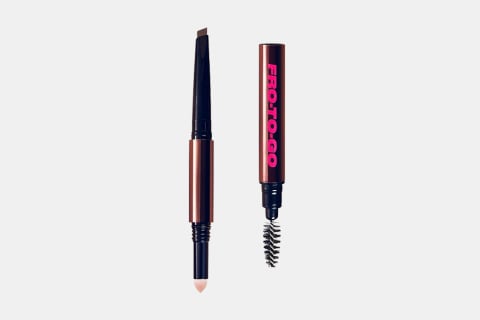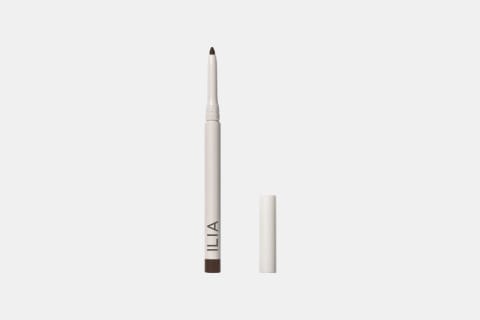So, how do you get them? Surprisingly, it’s not so difficult to freckle up safely. That’s because the tendency to freckle is genetic, says board-certified dermatologist Loretta Ciraldo, M.D., FAAD. While all freckles come from sun exposure, they only appear “in people with the hereditary ability to form freckles,” she says. According to a study published in the British Journal of Dermatology, only participants with a genetic predisposition to freckling were able to produce freckles when exposing their skin to high amounts of UV. In other words: Both fair- and darker-skinned individuals can freckle—it depends on your genetics, not necessarily your skin tone. Even though the ability to freckle is genetic, they require sun exposure to appear (how much sun exposure, that is, depends on your genes). Those spots, especially those aforementioned lentigines, are signs that your skin has experienced some UV-induced inflammation. As board-certified dermatologist Keira Barr, M.D., previously told us, “Those freckles may conjure up good memories of a fun vacation, but make no mistake of what they really are: evidence that your skin was unprotected in the sun and putting your skin and DNA in harm’s way.” Curious how? Just take a peek into your makeup bag: A trusty eyeliner or brow pencil makes a great freckle tool; just draw small dots anywhere you’d like to appear freckled. “Freckle makeup” is also very much a thing, with liquid eyeliner-esque products used to paint on the spots. Just dot wherever you please, pressing with your fingers to help the pigment blend into your skin (the longer you wait before pressing, the darker the freckle will become).






